St Agnes
St Agnes is the smallest and quietest inhabited island in Scilly with fewer than one hundred residents, yet it has a pub, primary school, church, post office stores, cafe, takeaway pizzas, a fish-and-chip van, a gallery, craft studios, island made ice-cream and gin, honesty stalls and farm shops. There are lovely coastal walks through heathland with dramatic granite outcrops, and a sheltered sandy beach to be found with any wind direction.
Farmland protected from the wind by dense hedges, dissected by narrow lanes, with very few vehicles makes up the island's interior, with the prominent, disused, white-painted lighthouse a central focal point.
You will find the locals friendly, helpful and welcoming, and always happy to stop and have a chat.
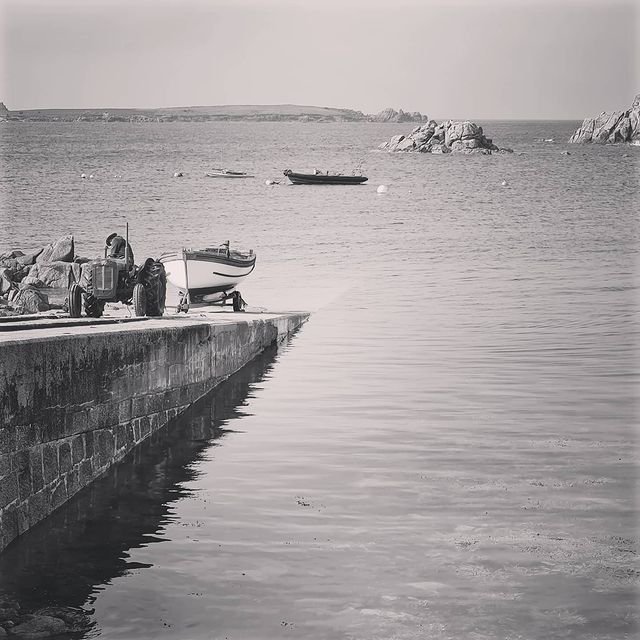
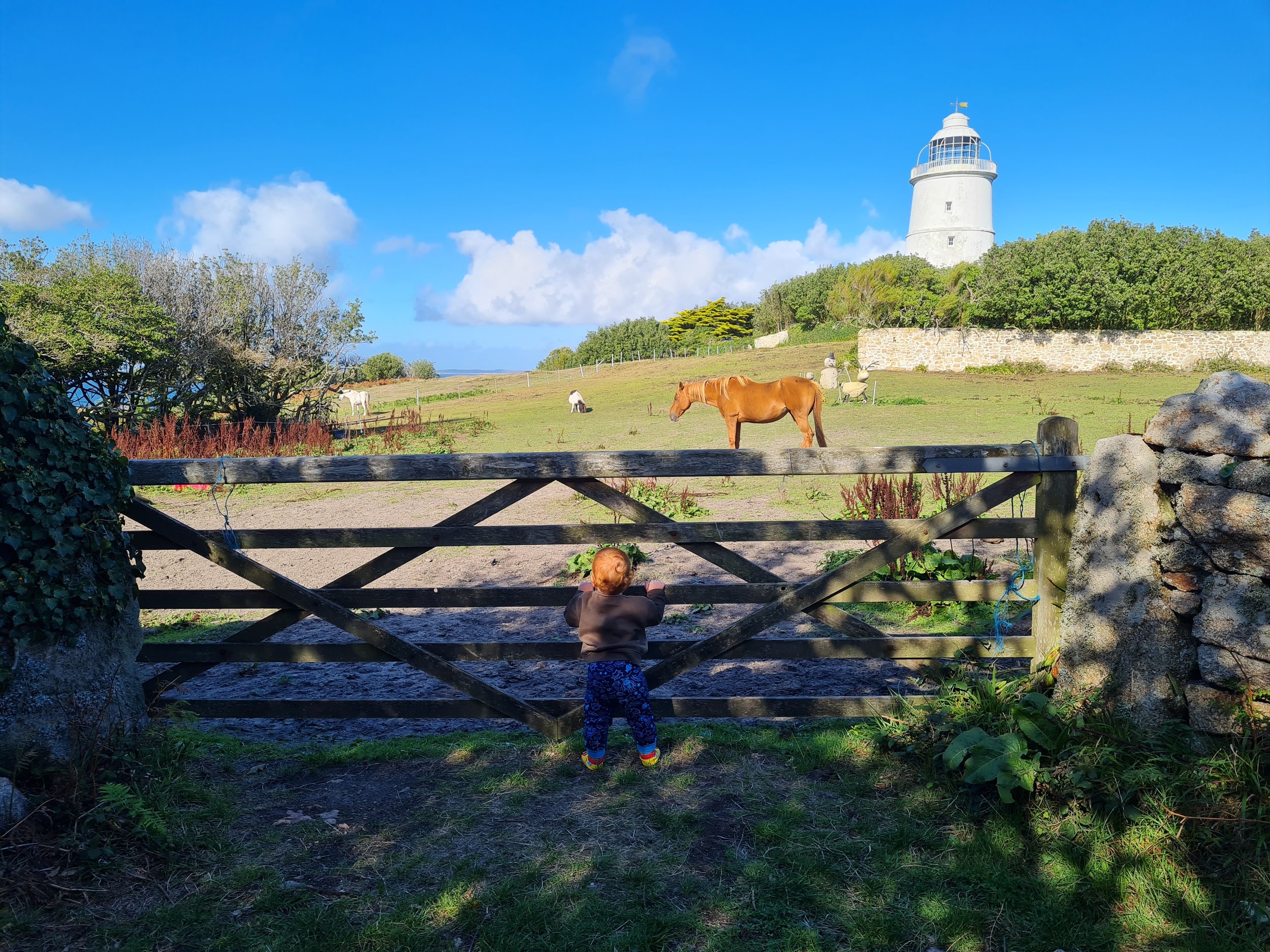
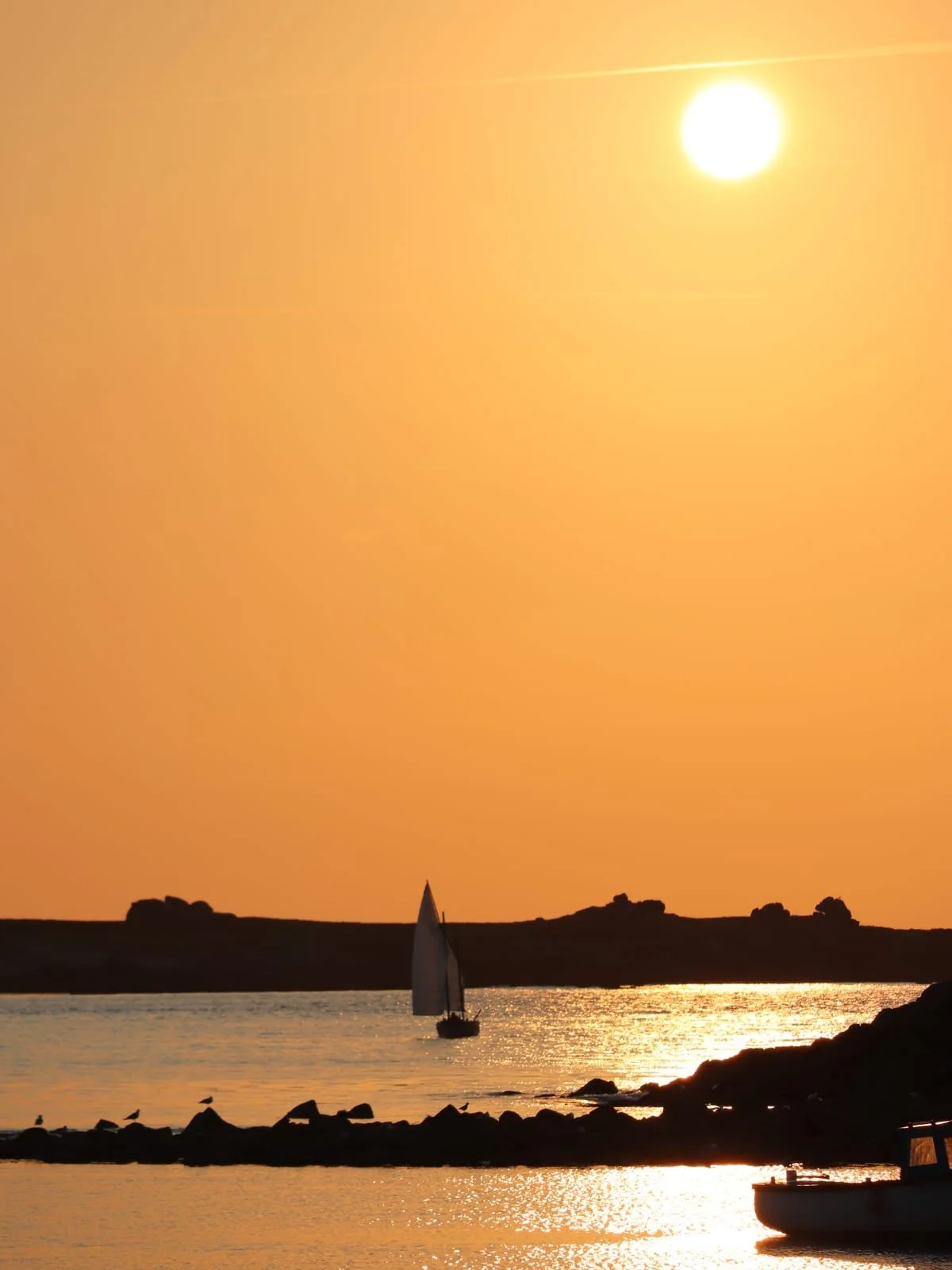
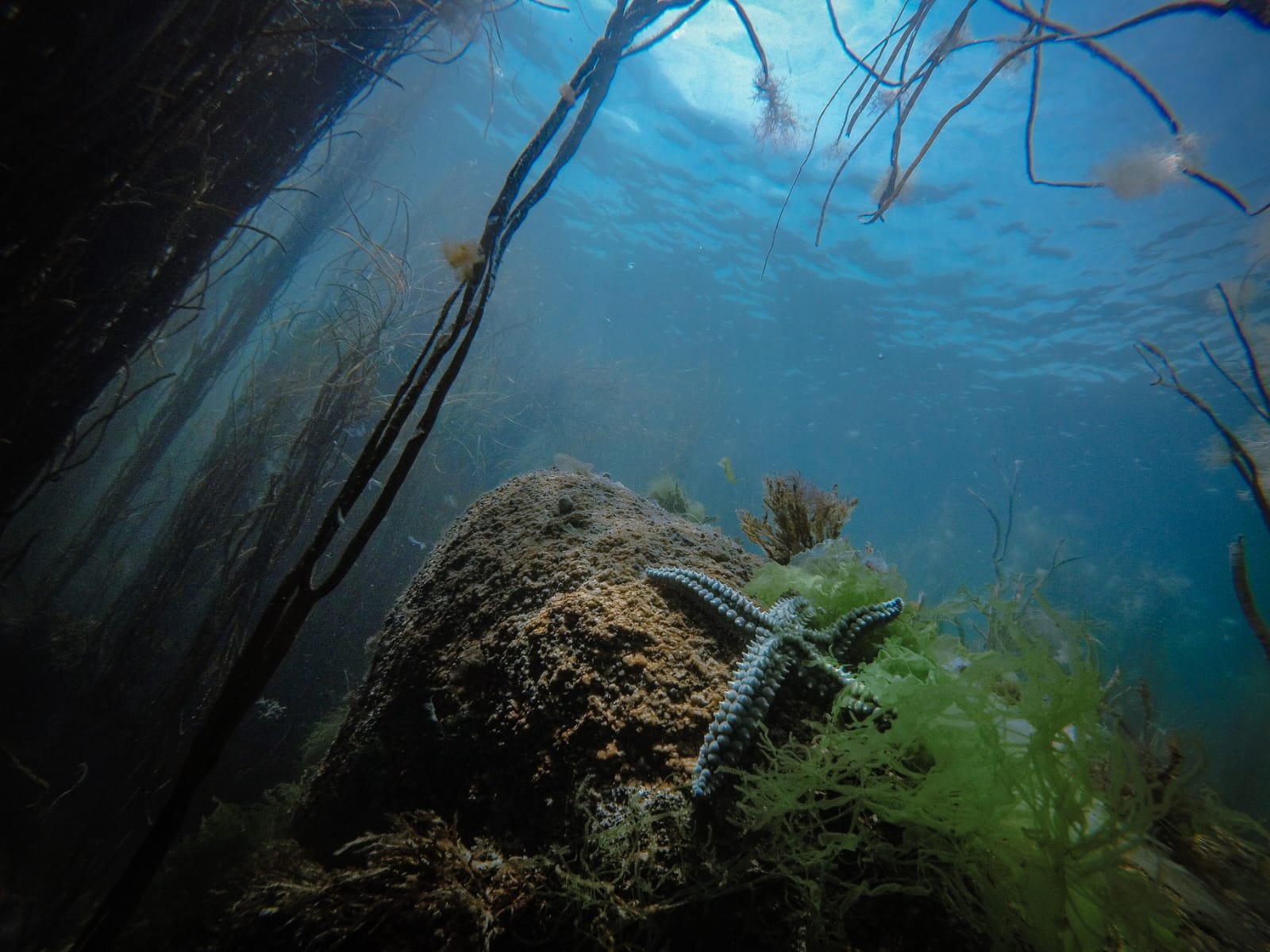

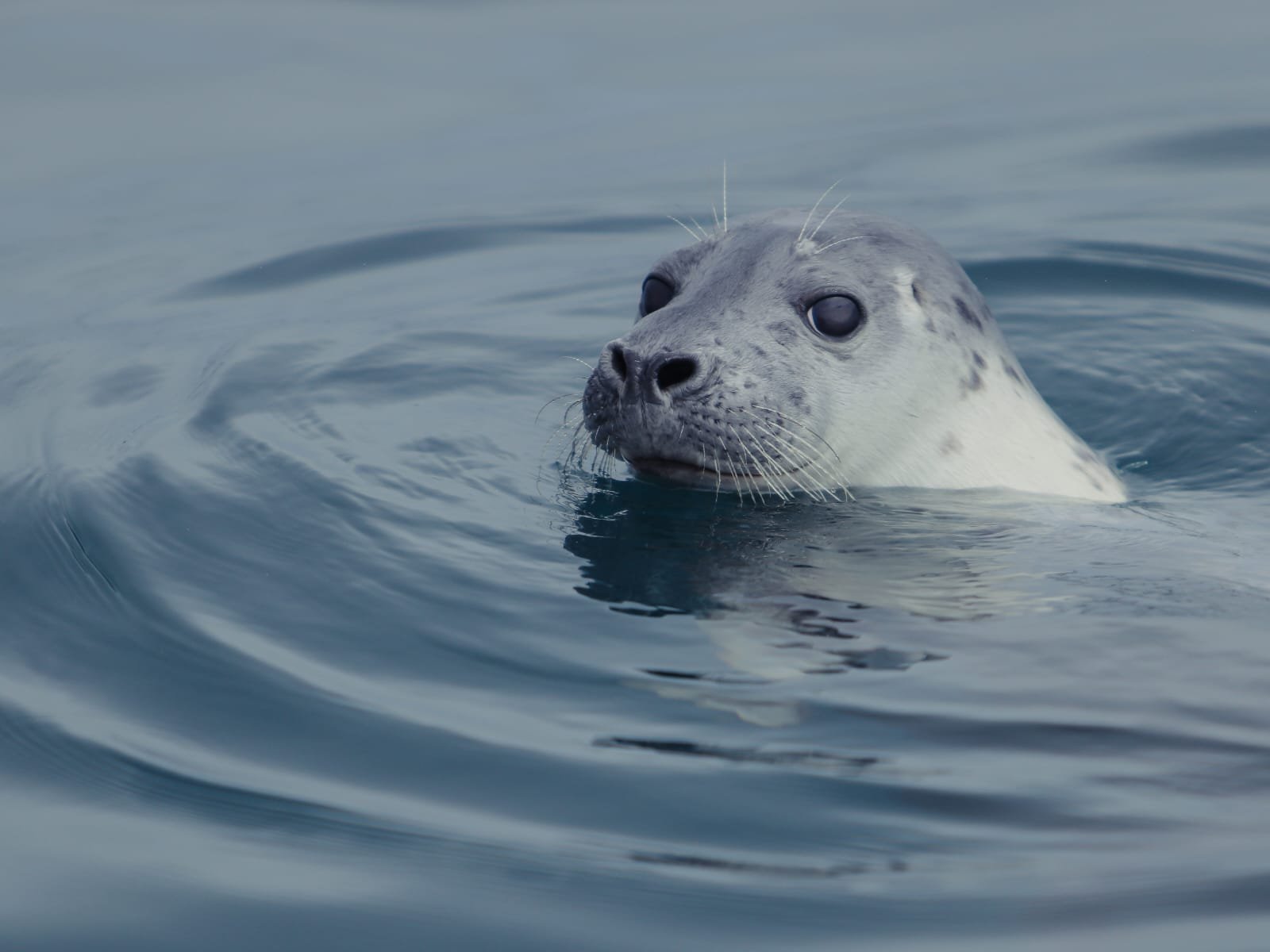
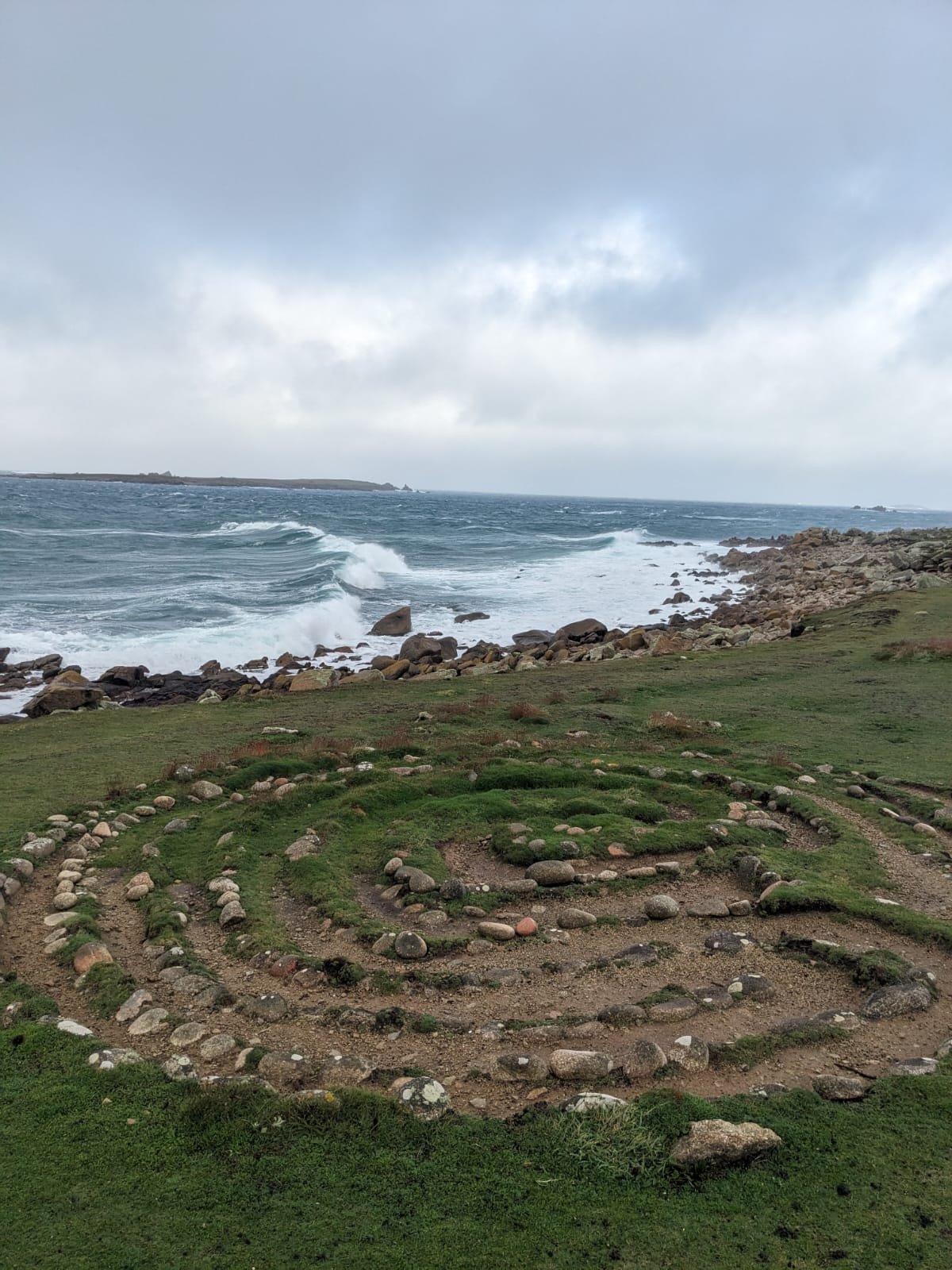
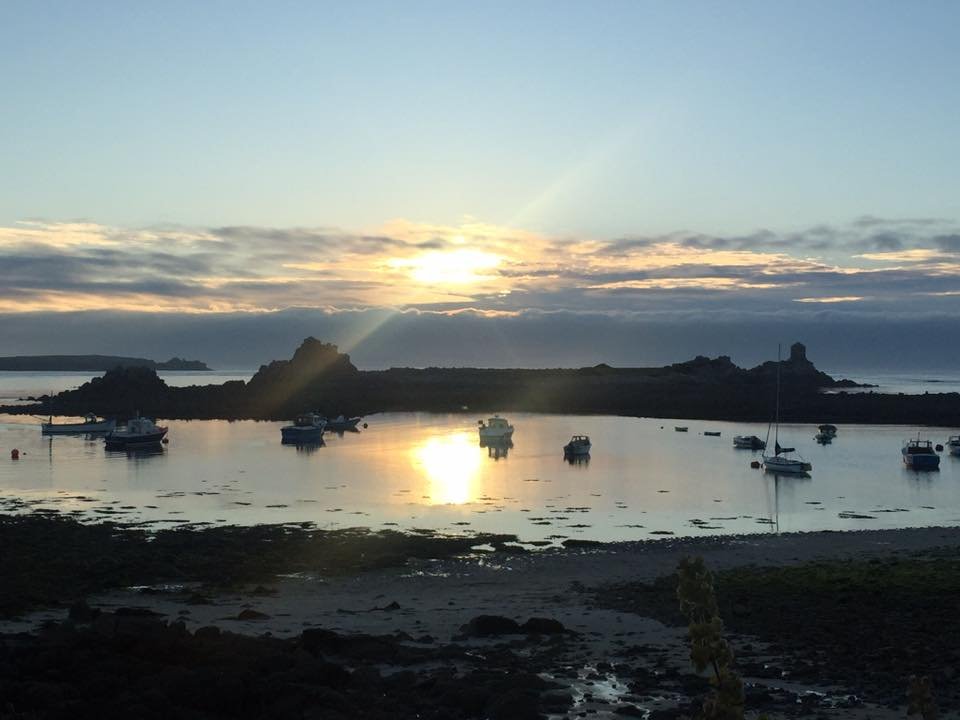
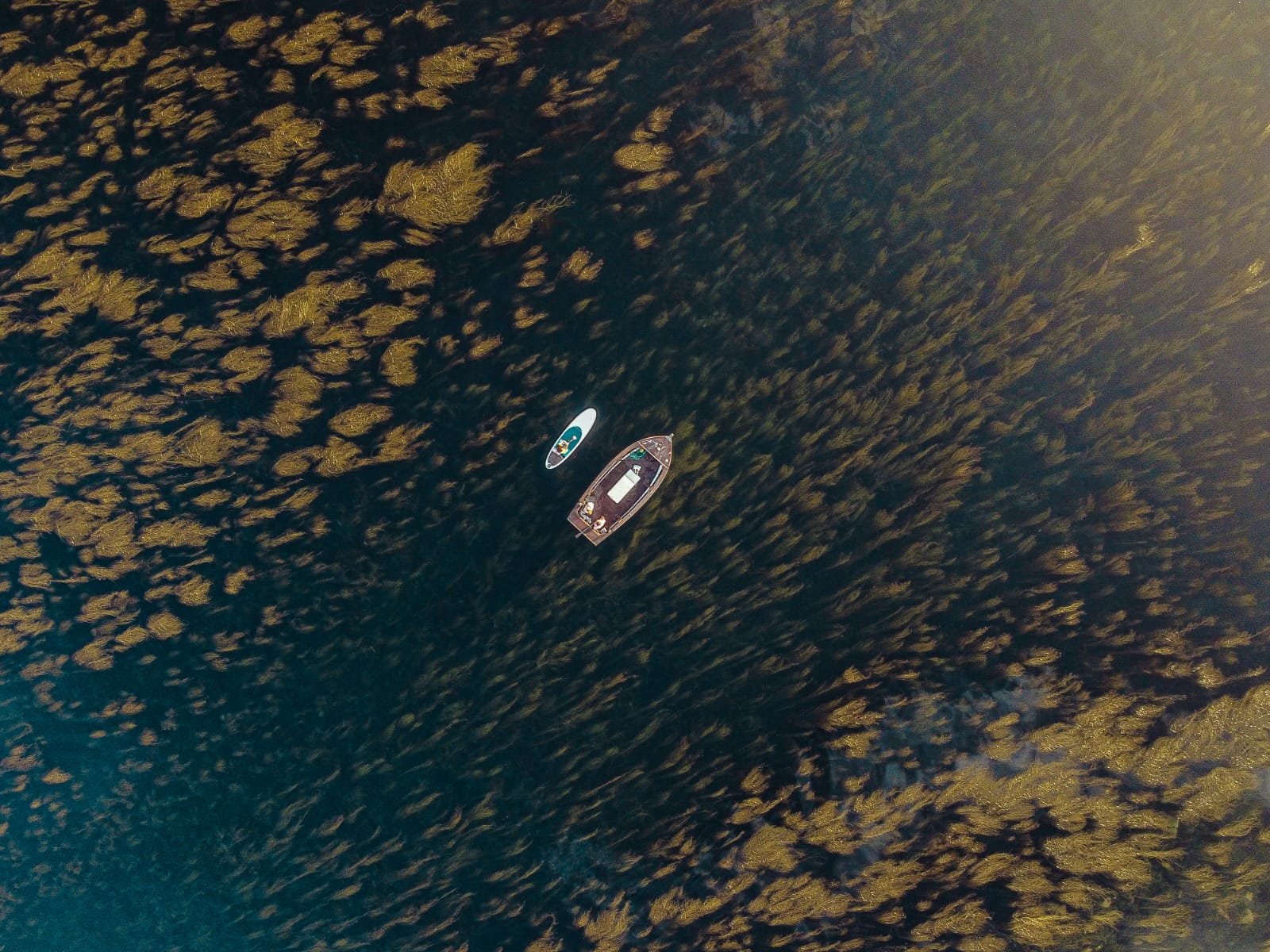
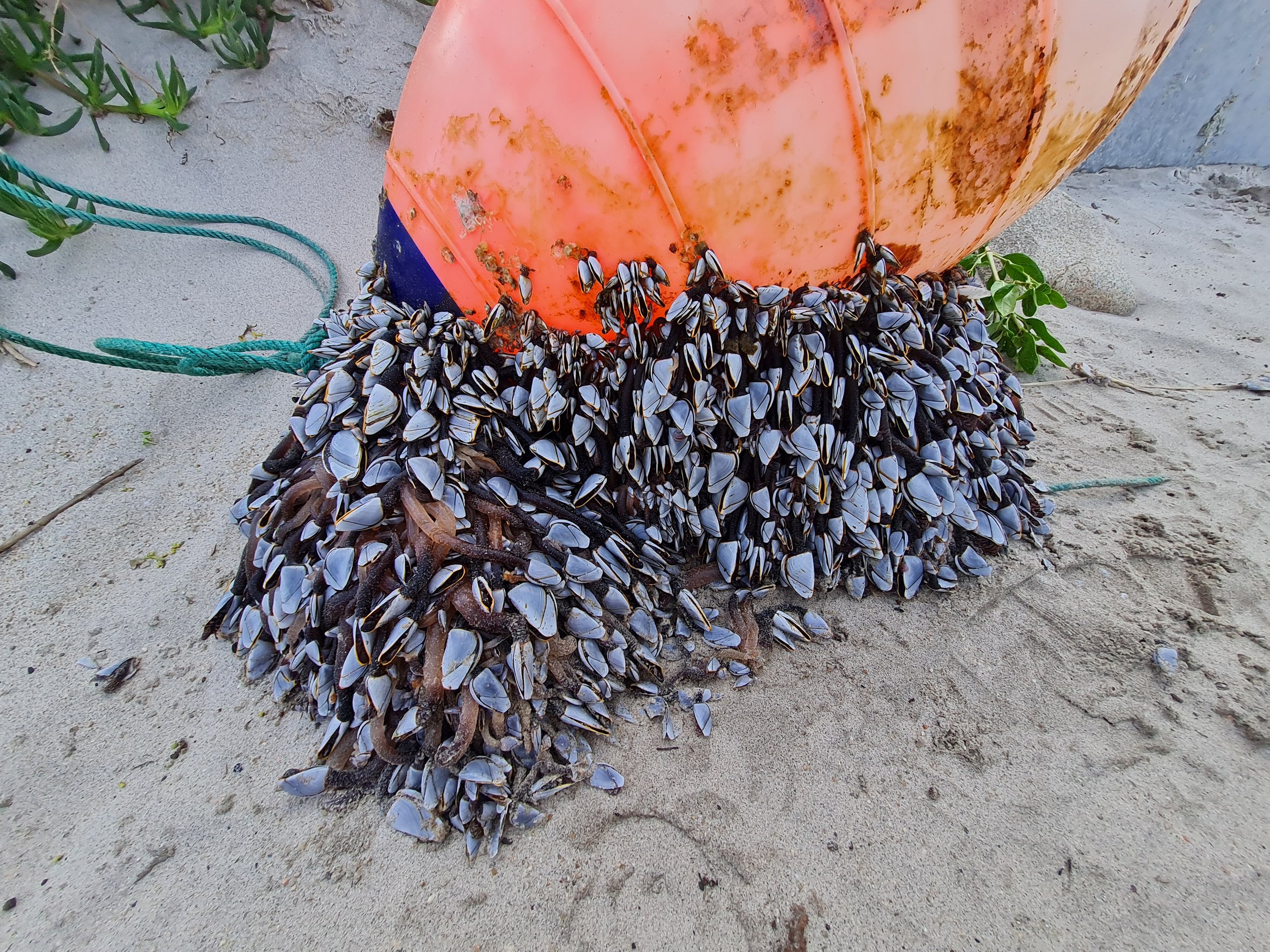
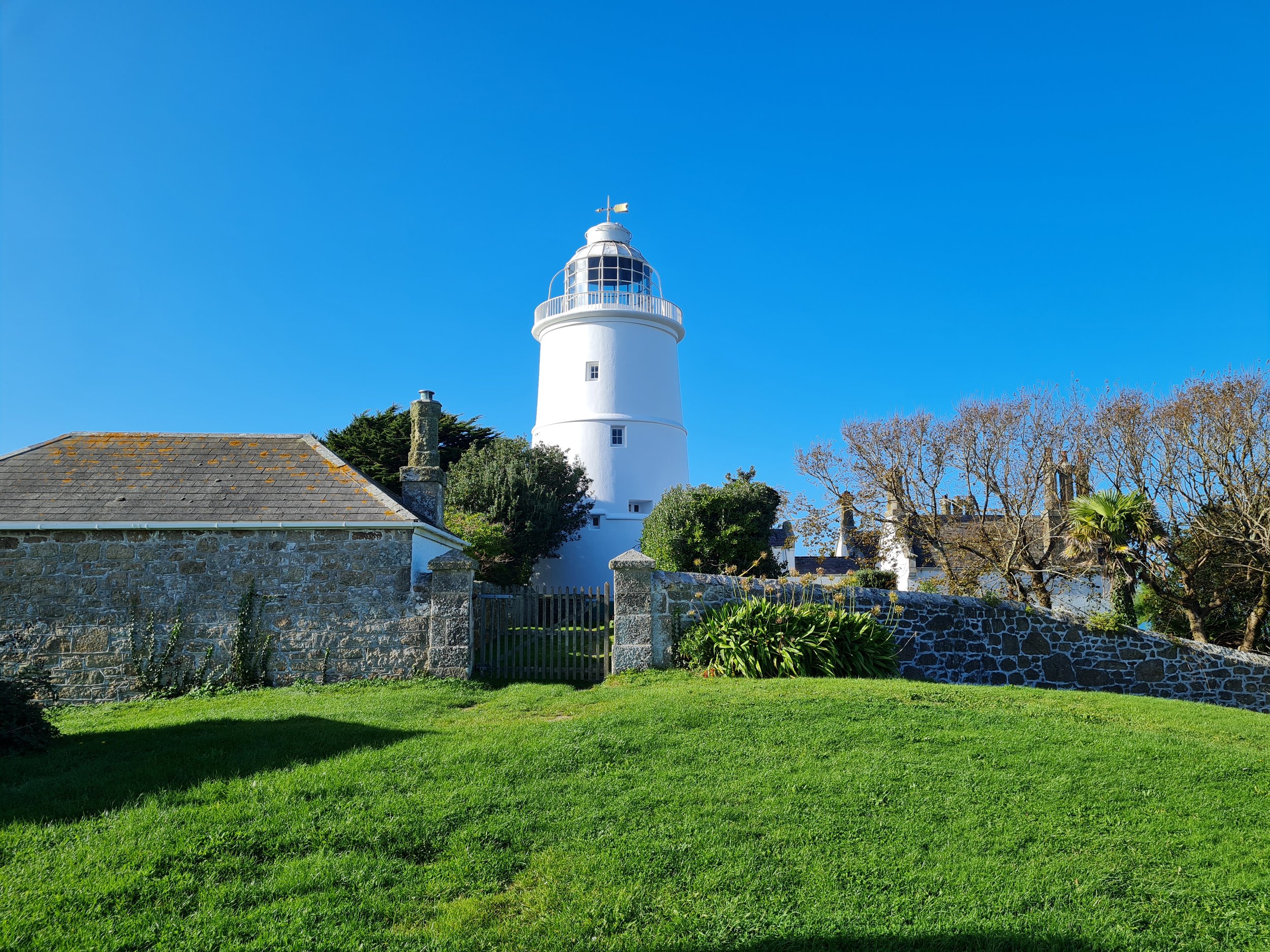
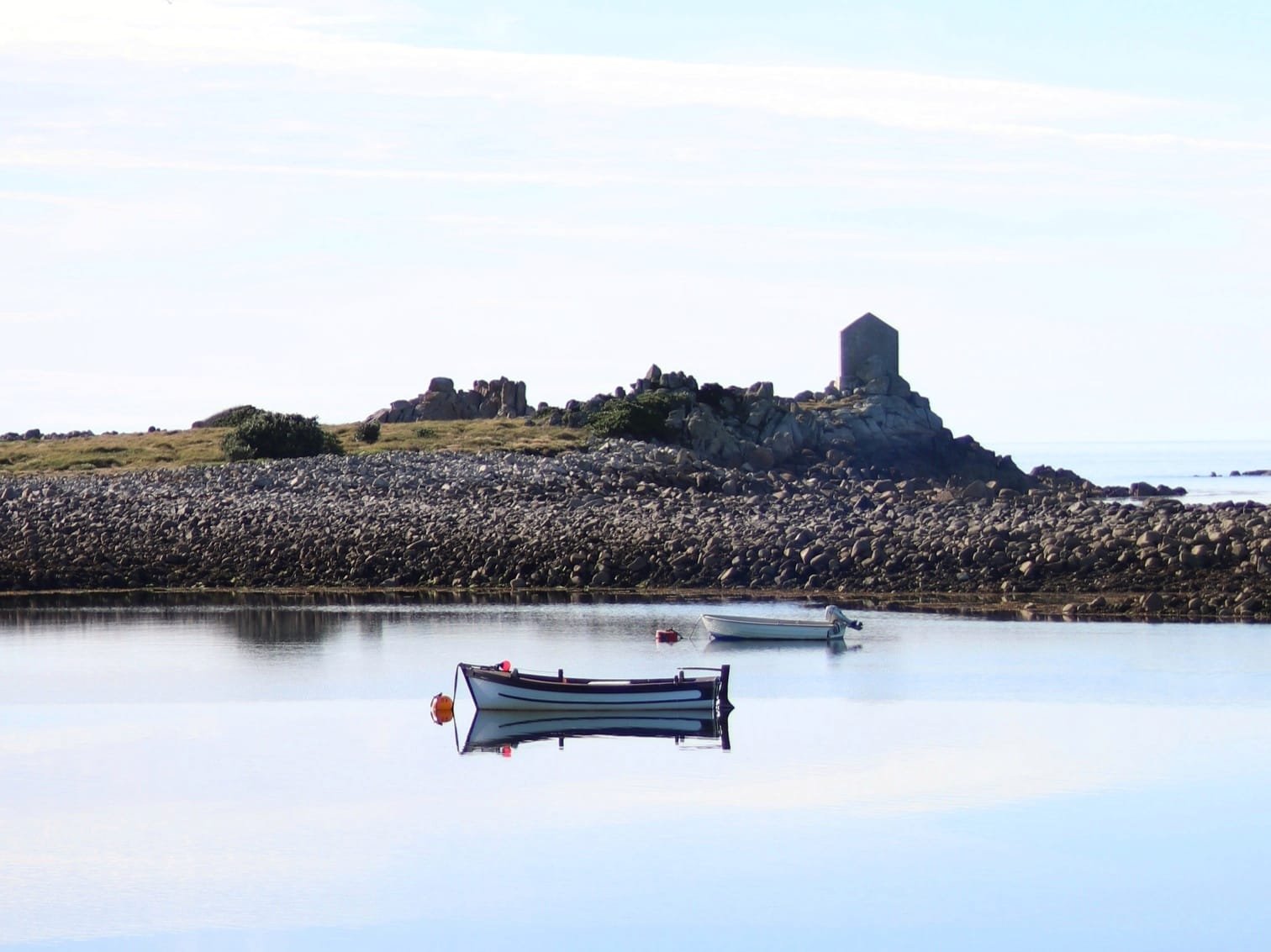
Take a wander
St. Agnes, the most southwestern land in the UK has much to offer visitors. With no hotel, and far from the airport and busy harbours, peace and tranquility can be savoured. The slower pace of life makes it a perfect little island to explore on foot
Follow the coastal path to the tucked away sandy beach at Covean and enjoy a swim, or stay the whole day sunbathing, playing, reading a book and unwinding.
Carry on to the more windswept Wingletang Down, with beautiful low heather and golden gorse, sea pinks and yellow bird’s-foot trefoil, and autumn ladies tresses - a pretty little orchid. If you look closely, tiny adder’s-tongue ferns can be found in the short-cropped grassy sward, where the underlying granite is near to the surface. At low tide, search for shipwreck beads in Beady Pool, or enjoy the flowers of yellow-horned poppy and sea kale above the strand line. Peraskin beach is perfect for sitting and looking out to sea over the rugged Western Rocks, the final resting place of innumerous wrecked ships, watching gannets diving, shearwaters cruising by, and if lucky dolphins and even whales may be spotted. It’s ideal for spending the day here with the family, playing in the sea and taking a refreshing dip. The cows that graze free on these downs can sometimes be found on this beach, too.
Pass the ancient St. Warna’s Well and follow the coast where natural castles of granite rise steeply from deep blue waters at Castella Down, across the small rocky bay, where seals can be seen bobbing. Looking inland you will see the crooked outcrop called the Nag’s Head, the coastguard cottages where the lookout tower was incorrectly built at the landward not seaward end, and the ever present and iconic white edifice of St Agnes lighthouse.
If you have children, they’re bound not to let you past the ancient circular stone maze set into the coastal turf. You will follow them round and round into its centre then out again, taking care not to step over a stone and bring bad luck.
After Castella Down and at the campsite, stop to enjoy Gav’s Fish and Chips and taste crab, fish and lobsters freshly caught by the local fishermen who moor their small boats in the tiny natural harbour of Periglis, another nice sandy beach to enjoy. Follow this down with delicious Troytown homemade ice cream, and watch Joff making his plastic-free withy lobster pots on the old lifeboat slip, the longest ever built.
The Meadow, of fine chamomile turf with its wonderful aroma when trodden on, where cricket is played, surrounds the only body of water on the island, a brackish pool fringed with rushes, which is another good place to birdwatch.
And before you know it, having followed a rocky bay with one of the best examples of raised beach, round cobbles set in the low ram cliff revealing once higher sea levels, you are back where you started at Per Conger Quay, with its small waiting room and public toilets.
Heading inland along one of the many tracks, up from Covean, along Barnaby Lane from Wingletang Down, up Carters Lane from Castella Down, or up the narrow concrete roads from Periglis or Per Conger will take you to Downs Farm at the very heart of the island, at the foot of the old disused lighthouse, one of the oldest in the country. Close by is the Post Office Stores, where you can send the postcards you wrote sitting on the beach, and buy provisions supplemented by honesty stalls dotted around the island. Westward Farm is your place for farm-produced gin and other wonderful tipples. You can fine dine at the Coastguard Cafe and Restaurant, buy Rebecca’s handmade jewelry, and visit the Pot Buoys Gallery. Nothing is far away, and someone will point you in the right direction.
The little old church at ‘Periglis’, which loosely means ‘church bay’, is a lovely spot for quiet contemplation, with colourful stained glass windows, and steeped in history with graves of shipwrecked sailors and past generations of local families.
Island events are held at the old Island Hall and Community Center, where you can marvel at Lou’s pottery, Mark’s wood tattooing and artefacts at a pop up museum. If you are feeling energetic you can book a game of tennis at the court in the field next door.
The Turk’s Head is the island’s pub, once a lifeboat house at the top of what must have been one of the steepest lifeboat slips back down by Per Conger Quay. Food and drink is served inside with coziness, and outside with splendid sea views, where you can watch inter-island boats loading and unloading mail, freight, and other essentials, and where all visitors embark and disembark.
St. Agnes is an island of contrasts, cattle graze the windswept downs, and evergreen fences of pittosporum, tamarisk, euonymus, and coprosma shelter fields once used for growing cut flowers, many of which still bloom, though the fields look abandoned, and rare arable plants thrive from any continued cultivation. Tall, internationally important elm trees provide shady relief next to the old parsonage. Waves may crash on the rocks out from Periglis, yet at the same time Covean is a sheltered suntrap.
And if you fancy a change of island, you don’t even need to go on a boat or get your feet wet, for if the tide is out you can walk across the sand bar to neighbouring Gugh. Once farmed, small enclosed fields are still visible and the two houses remain occupied, but the rest of the island has a wild feel, with gulls and kittiwakes nesting on the heath and cliffs, and a plethora of Bronze Age remains crown Kittern Hill; cists and entrance graves, territorial markers, and the leaning monolith known as the Old Man of Gugh, with its reputation for marking ley lines used for navigation and stretching the length of the UK. There are secluded beaches on either side of the low sandy neck, which hosts sea holly, wild thyme, and balm-leaved figwort.
Unless prepared to be cut off for several hours, keep an eye on the incoming tide. It is not safe to try crossing when water covers the bar, and swimming can be dangerous.
Something else that makes St. Agnes special is the absence of rats and mice. These non-native mammals were successfully removed in 2014 to allow Manx shearwaters and storm petrels to breed successfully, which they now do. The magical churring calls of these precious seabirds can be heard emanating mysteriously from burrows and boulder banks, and from drystone walls, and eerie cries fill dark, moonless night skies, when bats flit about. It is vital that rats and mice are not allowed to return, and vigilance is required.
St. Agnes Boating provides transport to and from St. Mary’s with scheduled trips and specials can be arranged.




